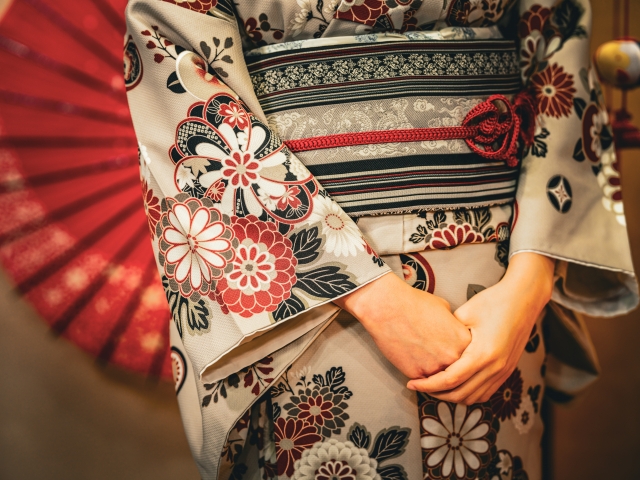Are you excited about your trip to Japan? If you’re visiting, why not try on a traditional Japanese outfit like a kimono or yukata? Imagine taking photos in a vibrant kimono against the backdrop of historic streets in Kyoto or Asakusa – it would surely be an unforgettable memory!
This article will help you find kimono and yukata rental shops and give you tips for wearing them while sightseeing, so you can enjoy this cultural experience with peace of mind.
Kimono vs. Yukata: What’s the Difference?
Both kimono and yukata are traditional Japanese garments, but they have a few key differences:
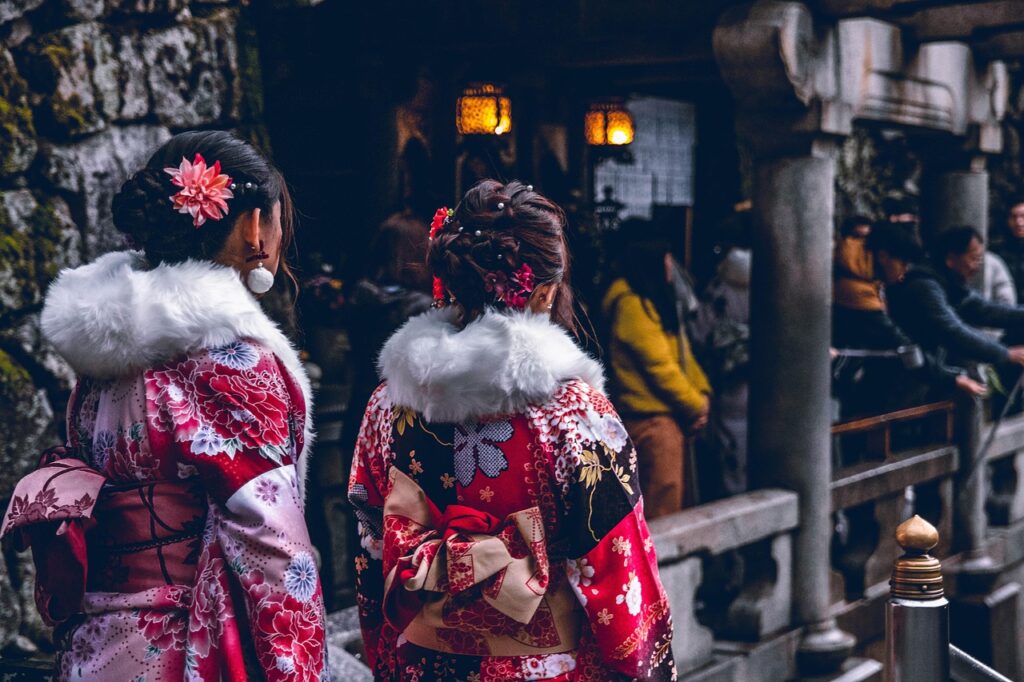
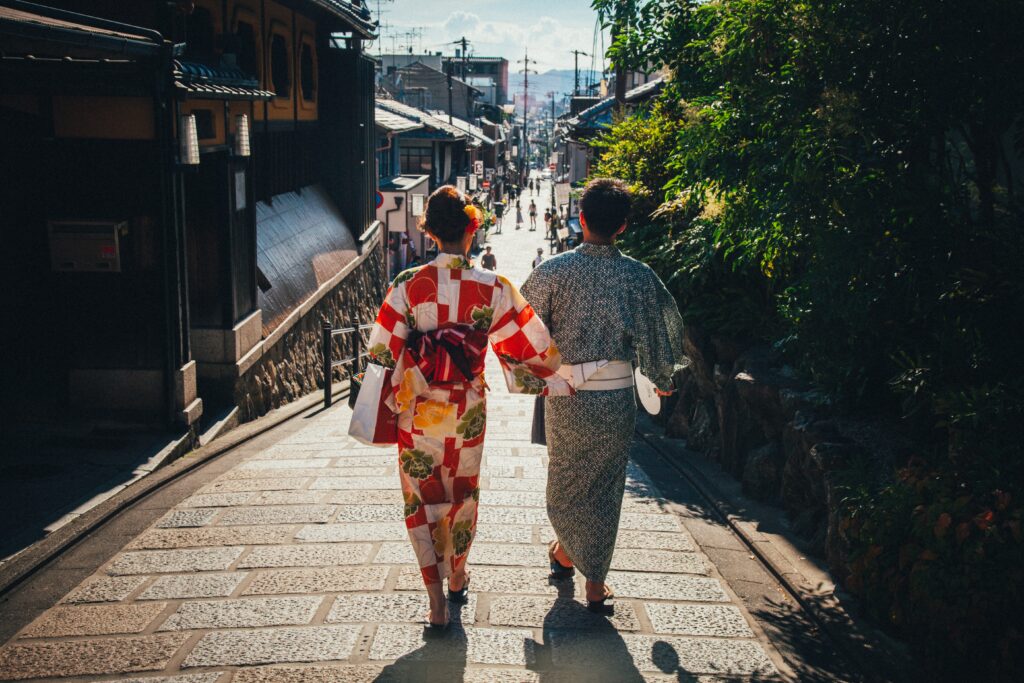
- Kimono: Generally worn throughout all seasons and often for formal occasions or special events. Kimonos are typically made of silk or similar fabrics, are lined, and involve layering. This makes them more suitable for cooler seasons.
- Yukata: A more casual type of kimono, primarily worn during the summer. Yukatas are often made of cotton, are unlined, and are easy to wear as a single layer. You’ll frequently see them at summer festivals, fireworks displays, and hot spring towns.
Choose whichever best fits the season of your trip and the vibe you’re going for.
How to Find Kimono and Yukata Rental Shops
There are many kimono and yukata rental shops across Japan. Here’s how you can find them:
1. Use Online Booking Sites
Many rental shops have multilingual online booking websites. Try searching with keywords like “Kimono Rental [city name]” or “Yukata Rental [city name]” to find lots of options.
Benefits of using online booking sites:
- You can compare designs and plans in advance.
- You can book your desired date and time, making the process smoother once you arrive.
- You might be able to check if they have English-speaking staff.
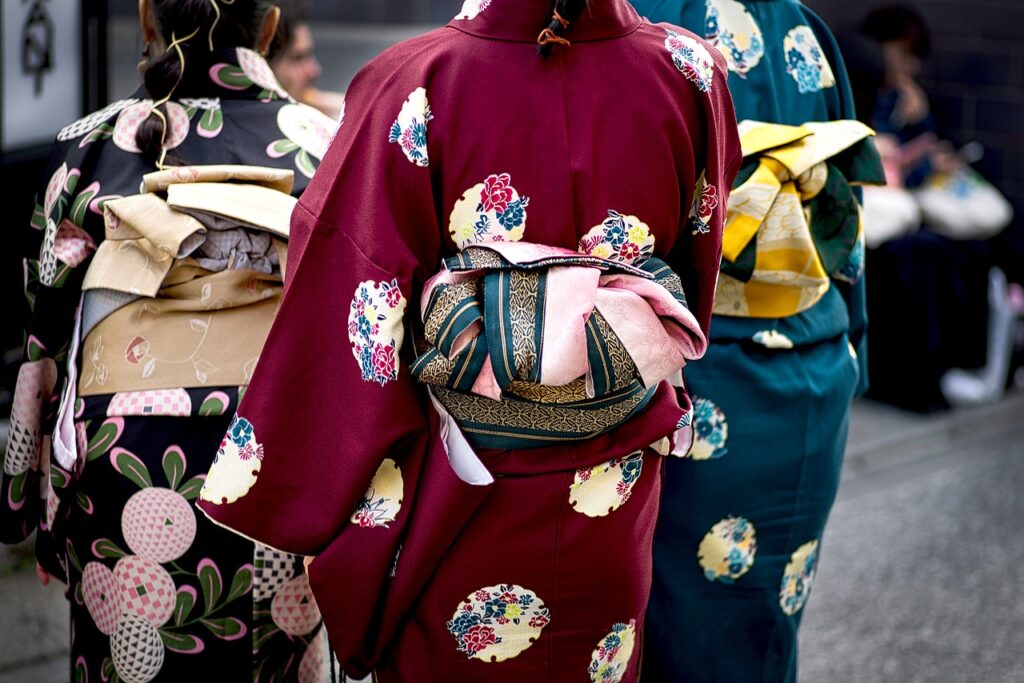
2. Look Around Tourist Areas
Popular tourist destinations like Kyoto, Asakusa, and Kanazawa have a high concentration of rental shops. Many are conveniently located near train stations or major attractions, so you can also look for them in person once you arrive.
Tips for finding shops on location:
- Look at the kimonos or yukatas displayed outside the shop to see if the style appeals to you.
- Check their pricing plans and return times.
- Ask the staff if they speak English or other foreign languages.
3. Ask Your Hotel for Recommendations
Your hotel might be able to recommend affiliated rental shops. Booking through your hotel can offer peace of mind.
Key Points When Renting
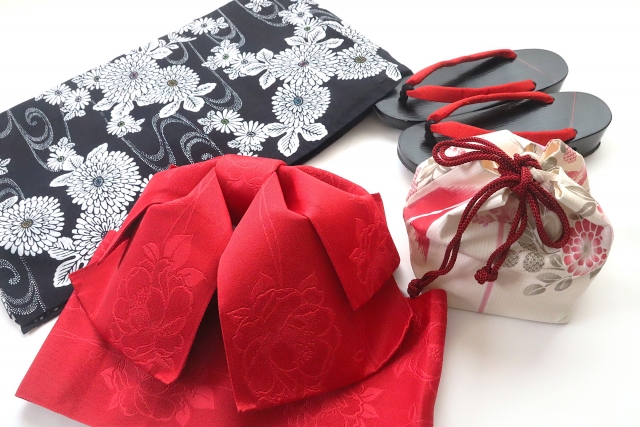
- Check pricing plans: Confirm what’s included in the basic fee (kimono/yukata set, obi sash, accessories, dressing service) and what options incur extra charges (hair styling, special obi tying, next-day return, etc.) beforehand.
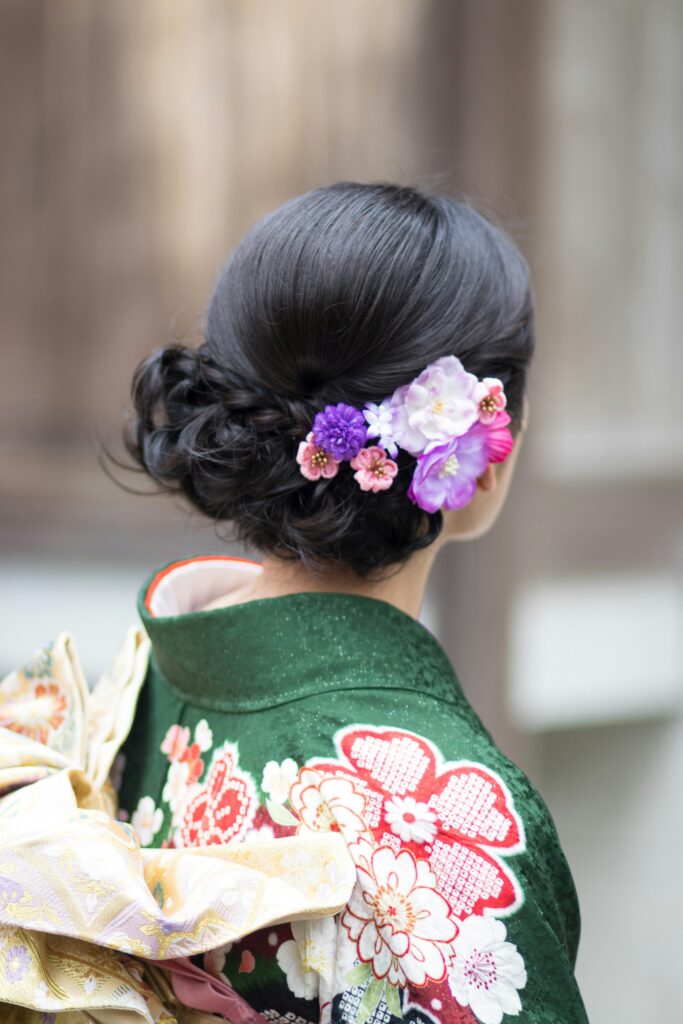

- Return time and location: Confirm the return time and if it’s possible to return the outfit at a different location.
- Size: Most rental shops have a variety of kimono and yukata sizes, but if you’re concerned, it’s best to inquire in advance.
- Baggage: Rental shops typically offer a service to hold your clothes and belongings while you’re wearing the kimono. Keep valuables with you or use a locker.
Tips for Enjoying Your Kimono or Yukata During Your Trip
When wearing a kimono or yukata for sightseeing, keeping a few things in mind will make your experience more comfortable.
1. How to Walk
Unlike Western clothes, kimonos and yukatas require you to take smaller steps. Try to walk slowly with short strides. Pay extra attention to your footing, especially on cobblestone paths or stairs. Zori sandals can sometimes be slippery, so be careful not to fall.
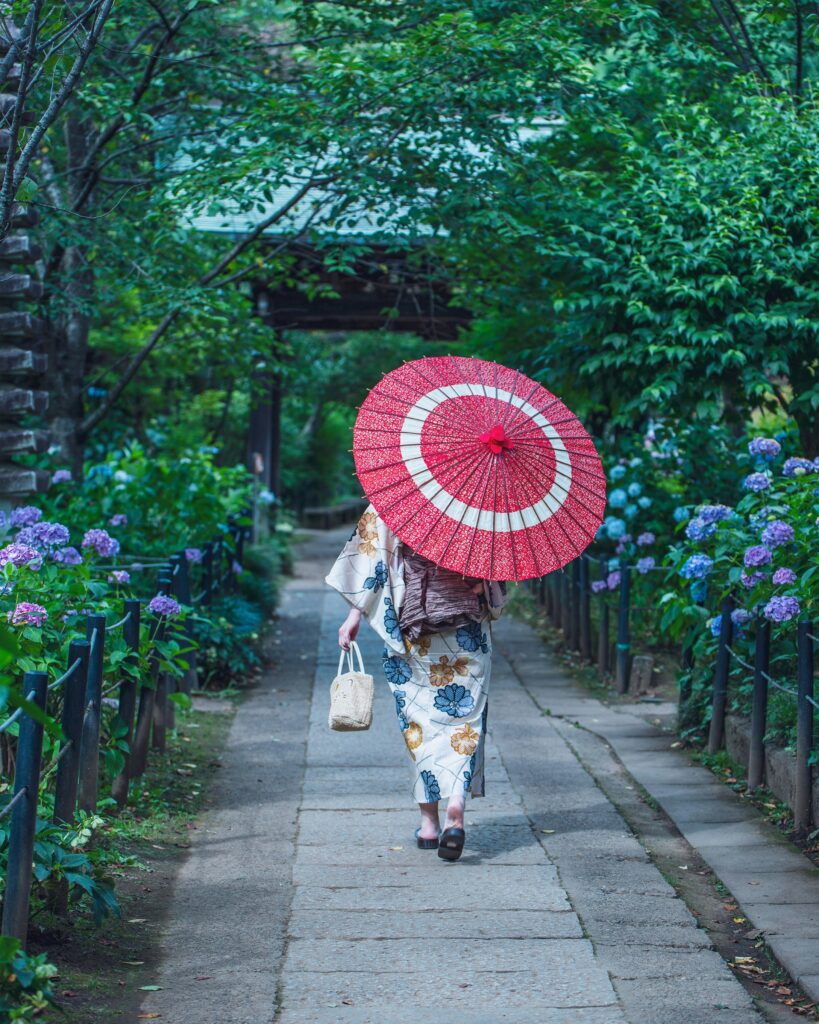
2. Going Up and Down Stairs
When ascending stairs, gently lift the hem of your kimono to avoid stepping on it. When descending, look carefully at your steps and go down slowly.
3. Using the Restroom
Using the restroom while wearing a kimono or yukata requires a bit of technique. Make sure to hold up the hem and sleeves firmly so they don’t touch the floor. The shop staff might even give you tips when they dress you.
4. Eating Meals
Be extra careful not to stain your kimono or yukata while eating. Spread a handkerchief or napkin over your lap to catch any dropped food. Enjoy your meal slowly to avoid splashing soy sauce or other condiments.
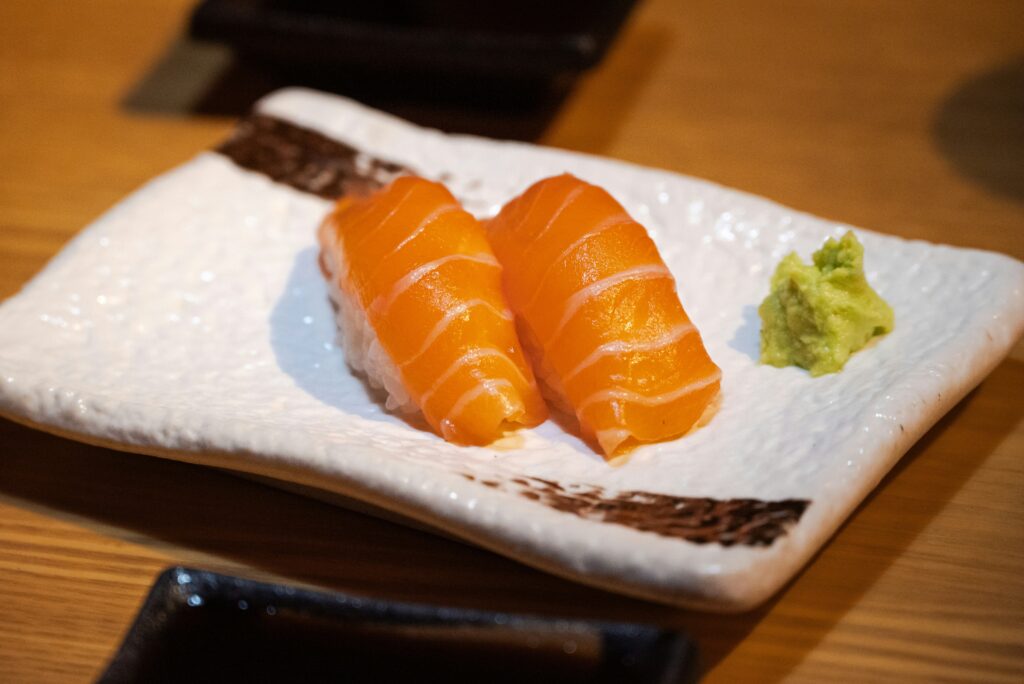
5. Weather Changes
While yukatas are cool for summer, if you’re wearing a kimono in winter, make sure to take proper precautions against the cold with a haori jacket, tabi socks, or heat packs. It’s also a good idea to check if you can rent an umbrella or rain cover (rain coat) in case of sudden rain.
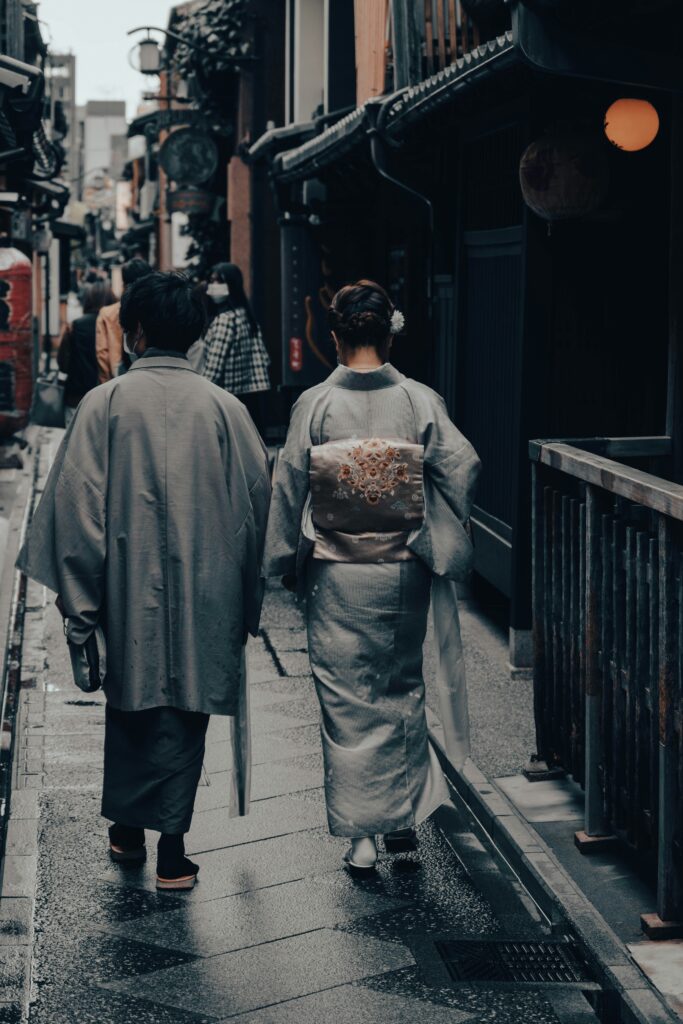
6. Managing Your Health
Kimonos and yukatas can be restrictive, so wearing them for long periods might be tiring. Especially in summer, remember to hydrate frequently to avoid heatstroke and enjoy your sightseeing within your comfort level.
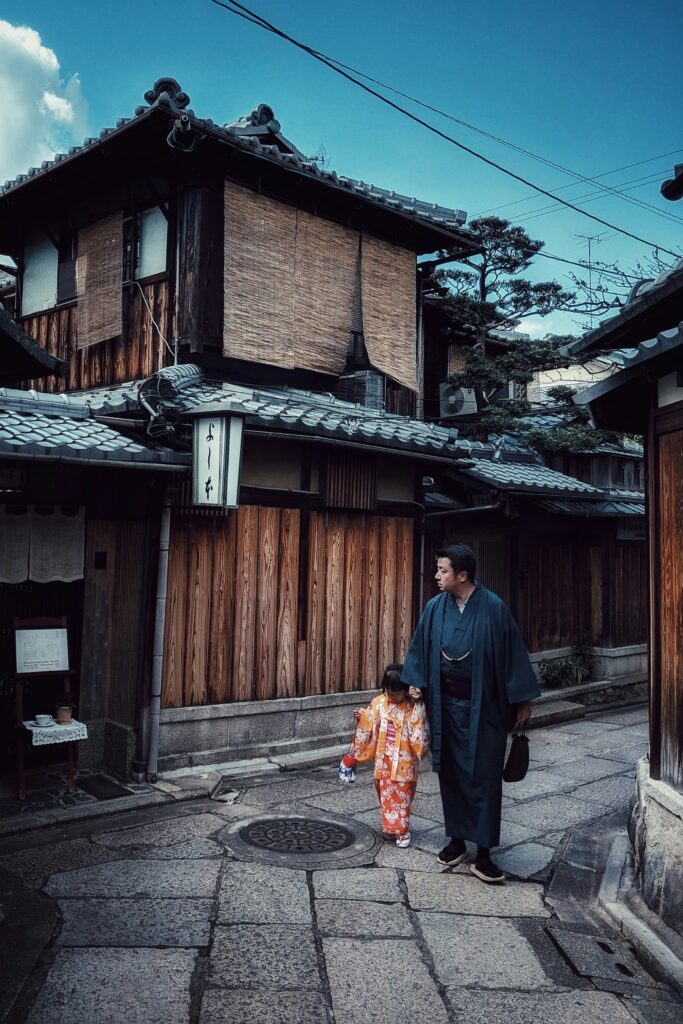

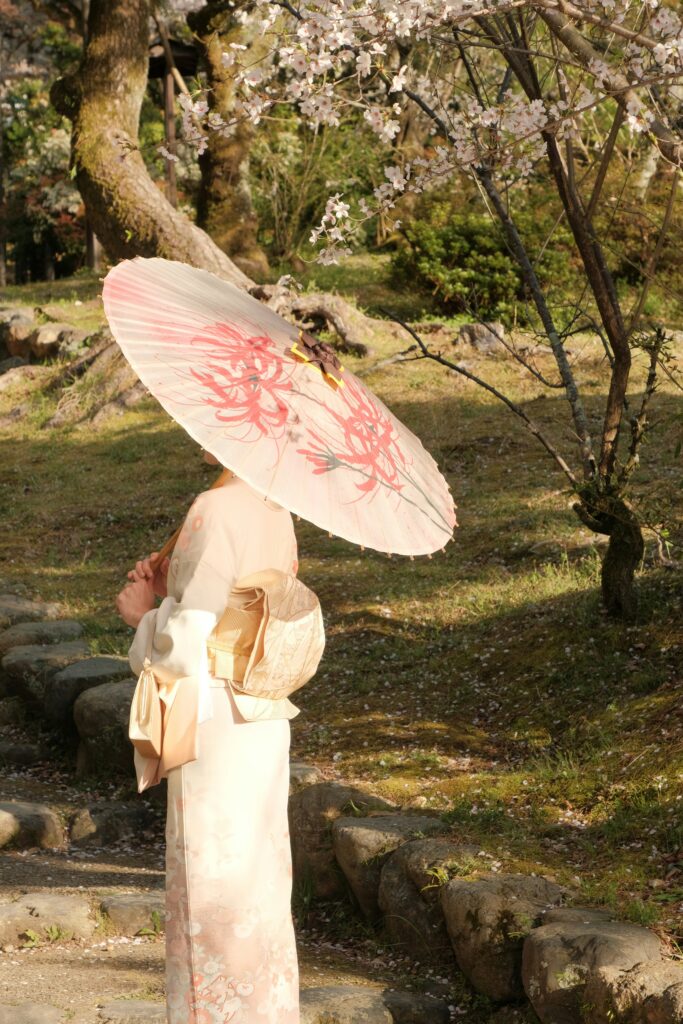
Wearing a kimono or yukata is a wonderful way to experience Japan’s beautiful culture firsthand. Use these tips to help you enjoy a special day that adds color to your memories of Japan!

